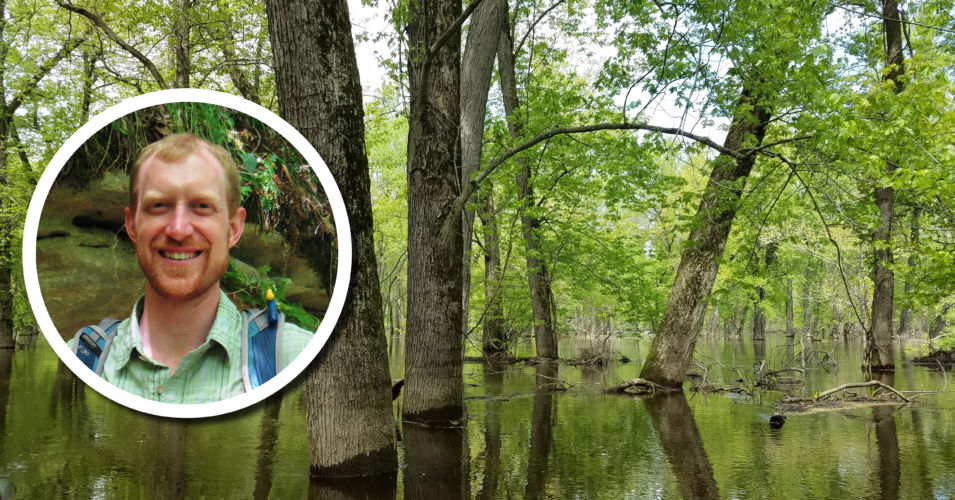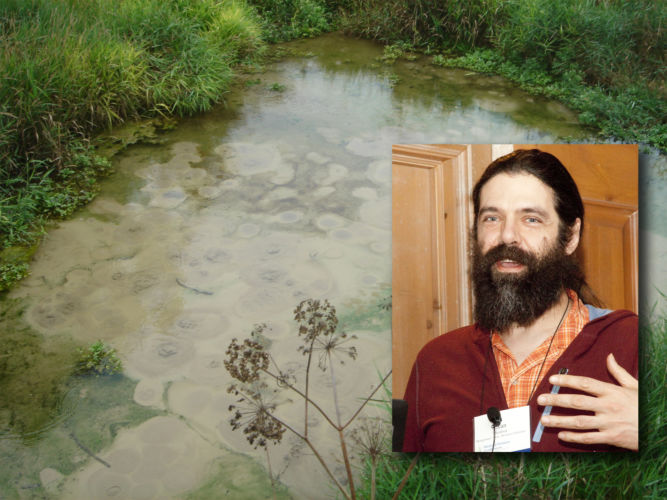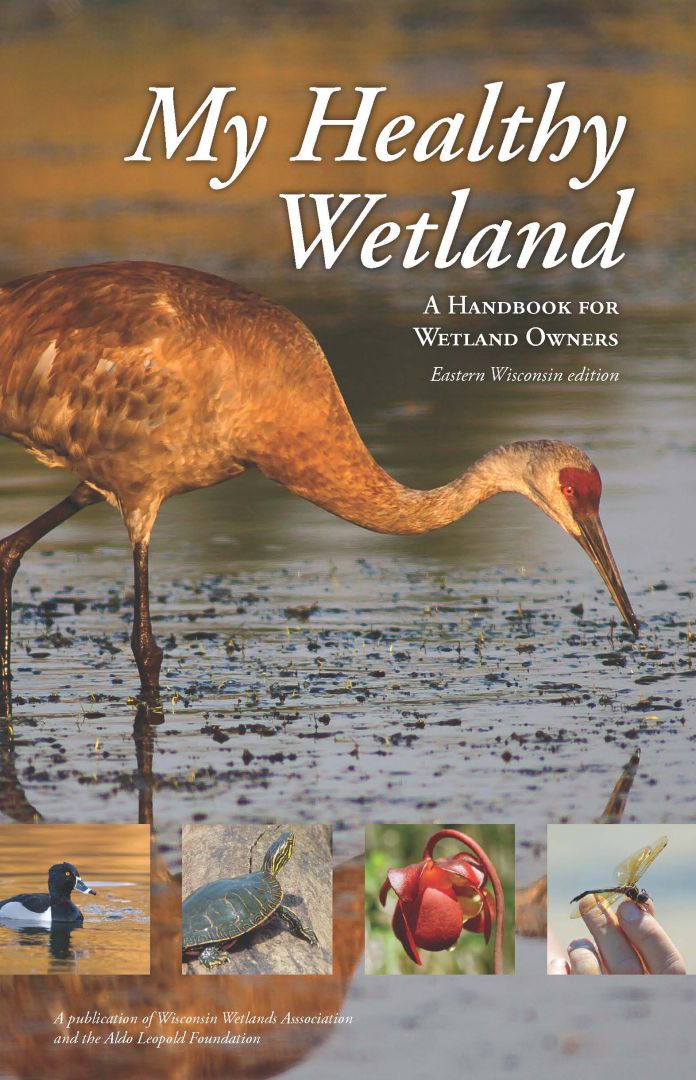Climate change impacts wetlands, but not all wetland types and locations are at equal risk. Find out what types of wetlands are most vulnerable, what site-level factors can improve resiliency, and most importantly, what resources are available to help you create a customized adaptation plan for your specific site.
Ryan O’Connor, ecologist
Recorded November 5, 2021
Ryan O’Connor is an ecologist and coordinates and conducts biotic inventories of natural communities for the Wisconsin DNR’s Natural Heritage Inventory. His professional interests include providing land managers with high-quality data to make better decisions, developing adaptation resources, and hunting for rare and invasive plants.
Links to some of the programs Ryan mentioned in his presentation:
- Wisconsin natural community Climate Vulnerability Assessments
- Adaptation Strategies, Demonstration Sites, Adaptation Workbook Process
Interested in using the Adaptation Process and adaptation menus for your site? Contact:
- Danielle Shannon, USDA Northern Forests Climate Hub Coordinator, dshannon@mtu.edu
- Amy Staffen, co-chair, WICCI Plants & Natural Communities Working Group, amy.staffen@wisconsin.gov
Other good general climate change summaries for Wisconsin:
Related Content
How will climate change affect groundwater and runoff into wetlands?
Wetland Coffee Break: Wetland restoration within the chaos of our shifting world
Wetland Coffee Break: Dibaginjigaadeg Anishinaabe Ezhitwaad: A tribal climate adaptation menu for indigenous-led adaptation planning





